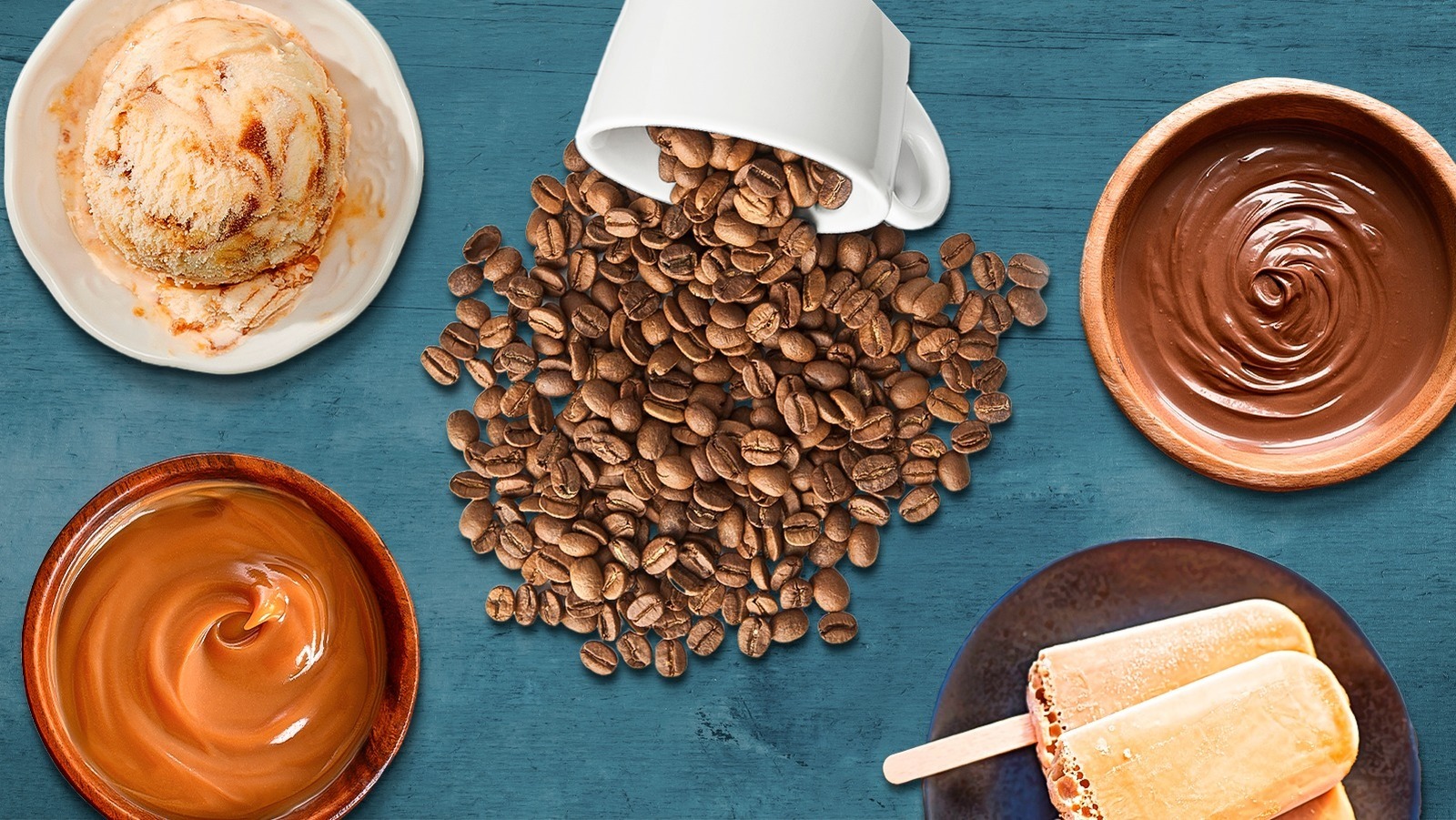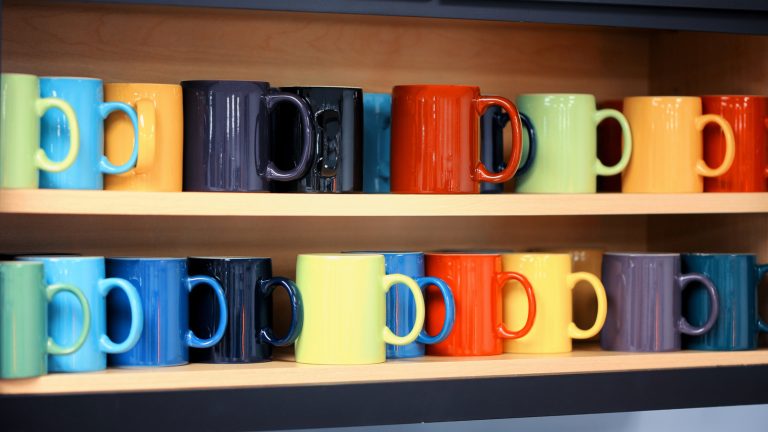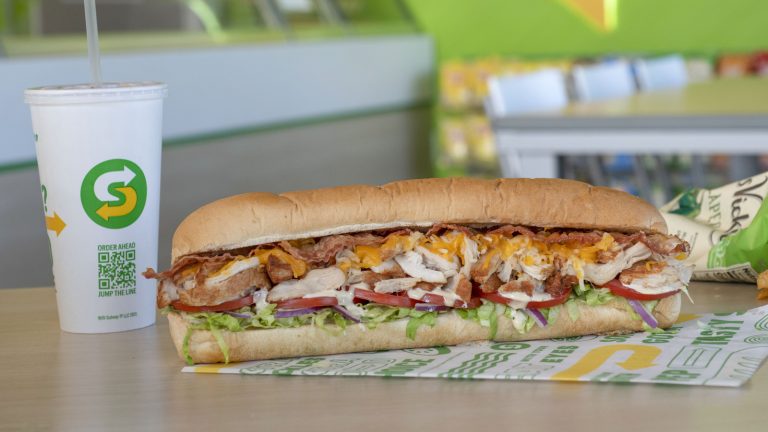It happens to the best of us: Our pantries get way too overcrowded, and we lose a bag of coffee beans in the back of it for months on end. You try to make a cup of coffee with it, only to find out that they’re stale and don’t exactly make for a delicious latte or cappuccino. You may be tempted to throw those beans out, but with grocery prices as high as they are, it feels like a waste to do so. Should you just suck it up and drink stale coffee for the next few weeks? Or toss them and take the loss, wasting money (and creating unwanted food waste) in the process?
Well, you don’t have to do either if you know how to make use of old coffee beans. There are actually a ton of ways you can use them in your kitchen to ensure you’re getting the most bang for your buck — no nasty cups of coffee required. All it takes is some creative thinking and a willingness to try new things, and you won’t feel bad for basically just throwing away your money on coffee beans. That way, even if you forget to clean out your pantry for months on end, you can still ensure that those pricey beans don’t go to waste.
Use them as a fertilizer for kitchen plants
Having plants in your kitchen is a great way to make the space feel brighter and more welcoming, but depending on the kinds of plants you have, they can be tricky to keep alive. Using fertilizer is a great way to ensure that they stay healthy, but commercial fertilizer can be quite expensive. Plus, you may not want to use it in your kitchen. Luckily, though, there are some natural fertilizers that you probably already have on hand, and coffee beans are one of them.
Coffee beans contain a ton of beneficial nutrients that plants need to thrive, including potassium, nitrogen, phosphorus, and more. So, by adding coffee beans to the soil of your plants, you can help them get those nutrients they need — and get rid of stale coffee beans in the process. For the best results, you should grind the beans before adding them to the soil and then water the plants to ensure those nutrients seep into the soil, giving your plants the maximum benefit. It’s a great way to both save money on plant care and prevent food waste in the process.
Steep them in vodka to make a coffee liqueur
Coffee-flavored boozy drinks are all the rage right now, offering both an intensely complex flavor profile and an extra boost of caffeine that can help you party all night long (or just give you an extra boost of energy after a long day). But you don’t have to go out and buy the most expensive coffee liqueur on store shelves if you happen to have some old coffee beans on hand. That’s because it’s possible — and even simple — to make your very own coffee liqueur at home. This is a cheap and creative way to get your boozy caffeine fix, and it’ll get rid of those extra old coffee beans.
To make your own coffee liqueur, you’ll want to crush the beans, although grinding them down into actual coffee grounds isn’t necessary. To do this, you can pulse the beans in a food processor for a few seconds, or you can simply place them in a bag and break them apart with something hard. Then, put the coffee beans into a glass jar and pour some vodka on top. Shake the jar to ensure you’re getting the most flavor infused into the vodka as possible, then let the mixture sit for about 48 hours, giving the jar another shake every 12 hours or so. After those 48 hours are up, strain out the coffee beans, and you have a coffee liqueur to add to all of your homemade cocktails.
Put them in your compost bin for healthier compost
Whether you’re an avid gardener or you’re just trying to avoid producing too much food waste, composting is the perfect solution. Not only is it good for the environment and your garden, but it’s also incredibly easy to do as long as you have the right equipment. It also cuts down on how often you have to take out your trash, which is always a win. But it’s a mistake to think that the only thing you can put in your compost bin is leftover veggie scraps. In reality, old coffee beans can be a boon to your compost, making it healthier and, therefore, better for gardening.
So, why is coffee so good for soil? Well, first of all, it attracts more worms, which are essential to healthy soil. Additionally, because there are so many beneficial nutrients in coffee, it gives the soil a higher nutrient content. What’s not to love about that? Coffee grounds break down faster than whole coffee beans, so it’s a good idea to grind them before you actually add them to your compost.
Try making a coffee caramel sauce
There’s very little that can make a dessert taste better than being drizzled in a rich, decadent caramel sauce. It’s sticky and sweet, with a richness and complexity you won’t find in most other ingredients. But why settle for a plain caramel sauce when you can infuse that sauce with caramel for an even more interesting, dynamic flavor profile? Luckily, you don’t need fresh beans to make a coffee caramel sauce from scratch — you can use the old beans you found in the back of your pantry for an equally delicious dessert topper.
First, you’ll want to grind the beans coarsely. Make sure you don’t grind them too finely, or they could be difficult to strain. Then, steep them in cream to really pull out that intense coffee flavor. Once you’re done steeping, you can then strain the coffee grounds from the cream and use that cream to make your caramel sauce. Add a touch of salt if you want even more complexity in the finished sauce. You can then use that coffee caramel sauce to drizzle over whatever dessert you want. We love it over plain vanilla ice cream, where it transforms a basic ingredient into a super special dessert, but you can also use it on cakes, pies, and more. And hey, nobody is going to blame you if you just want to lick the sauce straight from the spoon.
Use them as a pest repellent in your kitchen
Wherever there’s food in your house, it’s likely to attract pests, which is why it’s so important to keep your kitchen as clean as possible. After all, insects, mice, and other pests can be a health hazard — not to mention give you the creepy crawlies when all you want to do is make some dinner. If your pest problem is serious, you’ll want to call in an exterminator, but if you’re just trying to prevent pests or handle a minor problem, natural remedies might be helpful. And did you know that you can use old coffee beans as a pest repellent?
Because coffee has such a strong aroma, it can be off-putting to various types of pests. Therefore, you can sprinkle the grounds around areas where you’re concerned about pests. They’re helpful near plants, which can often attract insects, as well as near countertops where you may be storing fruit or other produce. If you don’t want to use dry grounds, you can also steep coffee grounds in water, which produces an oil that further deters pests. Give it a try to keep your kitchen as pest-free as possible.
Cover them in a layer of chocolate
If you’ve ever had chocolate-covered coffee beans before, you know just how delicious they can be. They make for a quick midday treat that answers your cravings both for caffeine and for chocolate in one fell swoop. You may assume that old coffee beans wouldn’t make for a good treat, but in reality, the flavor of the chocolate can cover up the stale flavor of old beans, making them perfect for this simple and easy treat.
Chocolate-covered coffee beans are exceptionally easy to make. First, you’ll want to consider whether you prefer milk or dark chocolate. Milk chocolate has a lighter, creamier flavor, and it can be sweeter than its darker counterpart. On the other hand, dark chocolate packs more of a flavor punch and can bring out that lovely bitterness that coffee beans are known for. Whichever variety of chocolate you choose, you should melt it until it’s nice and runny, then dip the coffee beans into the melted chocolate. Put those chocolate-covered beans in the fridge to allow them to cool and the chocolate to set, and you’ll have a sweet and caffeinated treat in no time at all.
Make your own coffee ice cubes
Don’t you hate it when you leave your iced coffee sitting for too long and it turns into a watery mess? At the same time, you probably don’t want to forgo the ice entirely and end up with a lukewarm cup of coffee. During the hottest months of the year, then, one of the best ways to make your iced coffee is with coffee ice cubes. They’re just what they sound like: ice cubes made from actual coffee. That way, when they melt, they won’t water down your coffee at all. In fact, if anything, they’ll make your coffee even stronger.
While you may not want to make a whole cup of coffee from stale beans, you can easily use them for coffee ice cubes, which shouldn’t affect the flavor of the coffee too much after they melt. Make coffee with the old beans like you normally would, then let the coffee cool and pour it into an ice tray. Place that ice tray in the freezer overnight, and when you wake up in the morning, you’ll have coffee ice cubes you can use to make the perfect iced coffee.
Use old coffee beans as an odor neutralizer in the fridge
There’s nothing worse than a stinky fridge. But when it’s packed with leftovers, cruciferous veggies that may be slightly past their prime, and the week-old container of beans you forgot to throw out, those less-than-lovely smells can start to take their toll, creating a burst of stale air when you open the door to your refrigerator. Of course, making sure to throw out old food is the best way to prevent these smells, but if you want to keep things as fresh as possible, you may want to consider using an odor neutralizer in your fridge.
The good news? Old coffee beans work extremely well as an odor-neutralizing agent, soaking up those bad odors and leaving behind a pleasant coffee aroma. Ideally, you should grind the coffee beans before adding them to a small dish. Then, just place that dish in the fridge, and you’ll be blown away by how much better your fridge starts to smell after just a day or two.
Make homemade coffee ice cream
Out of all the ice cream flavors out there in the world, coffee has to be one of our favorites. It feels like we’re enjoying two treats at once: ice cream and coffee, without the need to make both at the same time. And if you’re not going to make actual coffee out of the old coffee beans you have on hand, you can easily use them in a homemade coffee ice cream recipe instead. The first step involves steeping those whole coffee beans in milk, along with salt, sugar, and cream, to create the base of your ice cream. Even if those beans are stale, the fact that you’re using so many other ingredients will cover up that less-than-fresh flavor and leave you with the coffee-flavored liquid you need to make this sweet treat.
Then, you can continue making the ice cream as you normally would with any other ingredients. To make things as easy as possible, you might want to employ an ice cream maker if you happen to have one in your kitchen. Not only are you reducing your food waste by using your old beans this way, but you also might just make one of the best batches of ice cream you’ve ever had.
Create your own coffee popsicles
When the weather is blazing hot, and the idea of drinking a hot cup of coffee sounds absolutely miserable (but you still need your caffeine fix), you need to get creative with your coffee consumption methods. Luckily, if you have some old coffee beans on hand, we have an easy idea that will yield a delicious coffee-based frozen treat. Why not create your own coffee popsicles? All you need to make this frozen dessert is a reusable popsicle tray along with those old coffee beans. Just brew the coffee as you normally would, allow it to cool, then pour it into the popsicle molds. After a few hours in the freezer, you’ll have a refreshing and caffeinated summer treat to enjoy as the temps climb.
If you want to make your coffee popsicles more filling (and less strong), you can also add some milk or cream and even sugar to the mix. Whether you use black coffee or make more of a latte-style popsicle, though, these are sure to help you beat the summer heat.
Make a rich meat tenderizer
It’s never a pleasant experience to bite into a particularly tough piece of meat, which is why using a meat tenderizer is so important. Yes, you can always take a mallet to a piece of meat and pound it until it reaches your desired tenderness, but we like adding ingredients to the meat to give it an extra layer of flavor while also breaking it down so it’s soft enough to chew easily. Did you know that you can actually use coffee as a meat tenderizer? And because you’re going to be working with so many different flavors, you can feel confident about using old or stale coffee beans as the meat tenderizer of your choice.
You can always brew those old coffee beans and use the liquid coffee as a marinade, but we prefer simply grinding the beans and using them as a dry rub. Regardless of which method you choose, though, you’ll be blown away by how tender old coffee beans can make your meat — and how much flavor they can add in the process.
Grill them in foil with meat for a more intense flavor profile
When you’re grilling out, there’s a good chance that you want to capture a rich, smoky flavor in your meat, vegetables, or whatever else you’re cooking. After all, that’s the main benefit of going through the hassle of grilling as opposed to cooking a dish on the stove or in the oven. And there are so many different ways of enhancing that smoky flavor. If you really want to add a rich smokiness with an extra touch of complexity to the meat you’re making on the grill, you may want to employ those old coffee beans.
To do this, simply take those coffee beans and place them in some aluminum foil, then place that packet on the grill. When the beans inside the foil heat up, they’ll start to release a rich, coffee-flavored smoke that will engulf the meat and whatever else you’re cooking on the grill. It’s a great way to enhance the flavor of an otherwise standard barbecue recipe.





